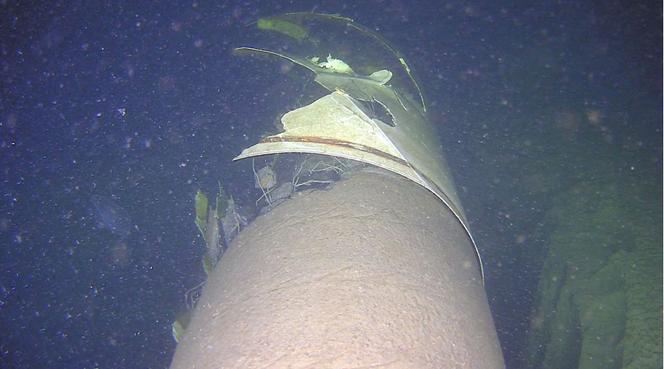


At around 3 am on May 23, two boats set sail on the Narva river, which separates Estonia from Russia. On board were four hooded men, who began fishing out the beacons that Estonia installed to guide fishermen and prevent them from entering Russian waters. The Estonian border guards, who filmed the scene, decided not to intervene for fear of aggravating the situation. But for Tallinn, there was no doubt that Moscow was responsible. The Russian chargé d'affaires was summoned by Estonian Foreign Minister Margus Tsahkna.
"This border incident is part of a broader pattern of provocative [behavior] and hybrid actions by Russia, including on its maritime and land borders in the Baltic Sea region," EU foreign policy chief Josep Borrell said in a statement the following day, adding that "such actions [were] unacceptable."
The day before the beacon story, on May 22, a so-called decree published by the Kremlin on the internet threw the region into turmoil. It announced a future unilateral modification of Russia's maritime borders with Finland and Lithuania. However, as soon as the Russian media reported on this, the link to the text disappeared. Was it published by mistake, or was it a test of how neighboring countries would react? Lithuanian Foreign Minister Gabrielius Landsbergis said of the incident: "Another Russian hybrid operation is underway, this time attempting to spread fear, uncertainty and doubt about [Moscow's] intentions in the Baltic Sea."
On the Finnish side, caution is the order of the day, even if its experts also see the incident as an attempt at destabilization. President Alexander Stubb stated that Finland would "[act] as always: calmly and based on facts," while Foreign Minister Elina Valtonen pointed out that "causing confusion is also a form of hybrid influence. Finland will not be unsettled by this."
Russian interference in the region has increased in recent months. In a 40-page report published on May 27, entitled "Tracking the Russian Hybrid Warfare," security researchers from Finland, the four Scandinavian countries and the three Baltic states take inventory of, and put into perspective, various incidents involving these eight countries, now all members of NATO.
No matter the specifics, the method is always the same, they note: "Russia seeks out and maps weak spots and dividing lines in target countries." Its goal "is to challenge and weaken the Western-dominated, rules-based international order that the Kremlin sees as a threat to its great power ambitions."
You have 47.68% of this article left to read. The rest is for subscribers only.
